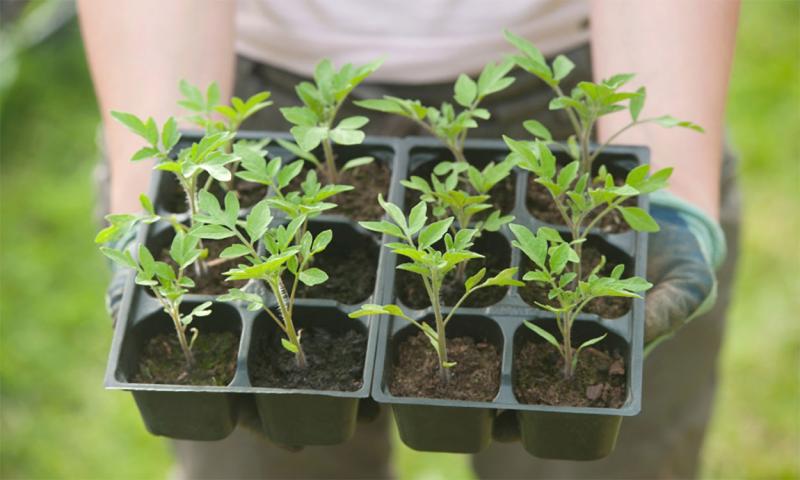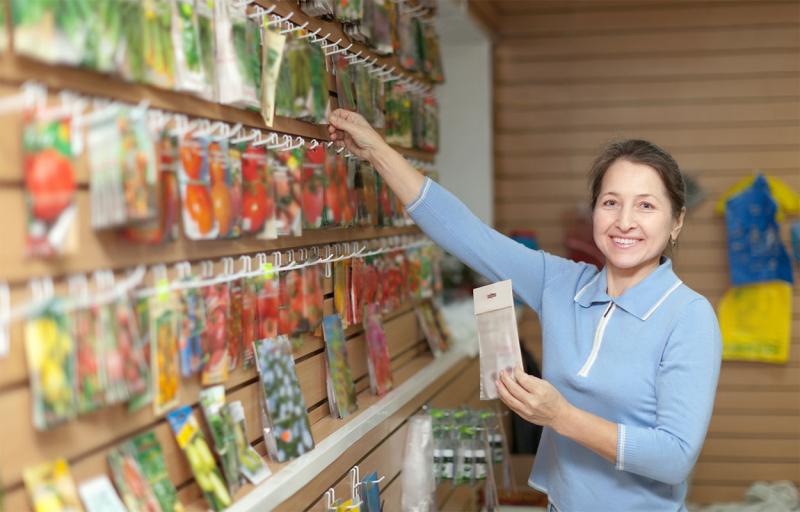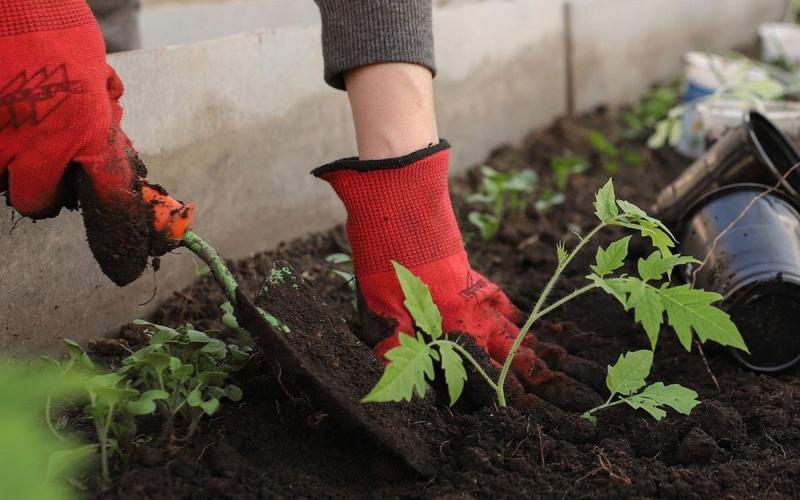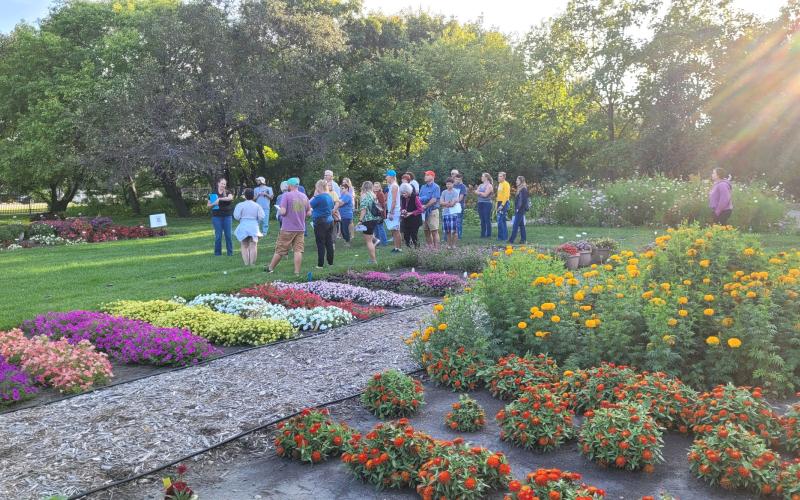
Written by Sara Ogan, SDSU Extension Horticulture Assistant, under the direction, contribution, and review of Robin Buterbaugh; Rhoda Burrows, former Professor & SDSU Extension Horticulture Specialist; and Prairey Walkling.
Knowing when to plant warm-season vegetables can be a challenge in South Dakota when there are dramatic temperature swings each spring. All warm-season plants are susceptible to frost injury. Some tender plants may tolerate colder temperatures, but they do not grow well in cool weather. Some plants are very tender, meaning that they may be injured by cool weather.
Planting Temperature
Using the information found on the seed packet, seedling tag or other trusted gardening sources will help determine the proper planting temperature for your vegetables. Warm-season vegetables grow best when air temperatures are above 60 degrees Fahrenheit, and they prefer temperatures ranging from 65 to 85 degrees Fahrenheit. Soil temperatures should also be considered, as seeds may not germinate when temperatures are too cool. The South Dakota Mesonet provides real-time weather data for each county in South Dakota. It reports soil temperature at 4 inches and shows thaw and frost depths. Additionally, you can also use a soil thermometer over the course of several days to determine if the temperature is suitable for the crop to be planted.
Soil temperature
The vegetables listed below do not grow well in cool weather (below 50 degrees Fahrenheit), and they will be damaged by frost. The optimal soil temperature for these varieties is 60 to 75 degrees Fahrenheit. Their minimum soil temperatures are as follows:
50 degrees Fahrenheit
- Lima beans
- Sweet corn
- Squash
- Pumpkins
60 degrees Fahrenheit
- Cucumbers
- Muskmelons
65 degrees Fahrenheit
- Tomatoes*
- Eggplant*
- Pepper*
- Watermelons
*Usually grown from transplants. Source: Vegetable Gardening in South Dakota
Frost Dates
The last spring frost and first fall frost should also be considered. The South Dakota Mesonet provides maps for the state based on 30-year averages. The last average frost date will help determine when to plant in the spring. Maps range from the 10th percentile to the 90th. This means the probability of being frost free will be more certain at the higher percentiles. The first frost for fall can help determine how long into the season you can expect favorable growing conditions. Knowing how many days it takes plants to mature and how many days left until frost will help determine if a plant will mature in time to harvest. Gardeners can also use this information for succession planting. Succession planting allows for multiple harvests of the same crop by staggering planting dates. Plants will mature at varying intervals up to the end of the growing season.
Variety Selection

Many warm-season vegetables that need a head start on the growing season can be started from seed inside and transplanted when temperatures warm up. Some of these plants include tomato, peppers, and eggplant. Other plants like corn, beans, melons, squashes, and cucumbers can be directly seeded into warm soil.
Examples of plants that thrive in the summer when temperatures are above 70 degrees Fahrenheit include annual herbs, beans, cantaloupes, climbing (Malabar) spinach, corn, cucumbers, eggplant, okra, peppers, pumpkins, southern peas, squash, sweet potatoes, tomatoes, tomatillos, and watermelons. For more information about growing vegetables in South Dakota, refer to our Vegetable Gardening in South Dakota resource.
Additional Resources
- Last Spring Frost Dates, SDSU Extension.
- What is the difference between cool season and warm season vegetables?, Iowa State University Extension.
- Starting a Garden: Warm Season Vegetables, University of Illinois Extension.
- Vegetable Gardening in South Dakota, SDSU Extension.


